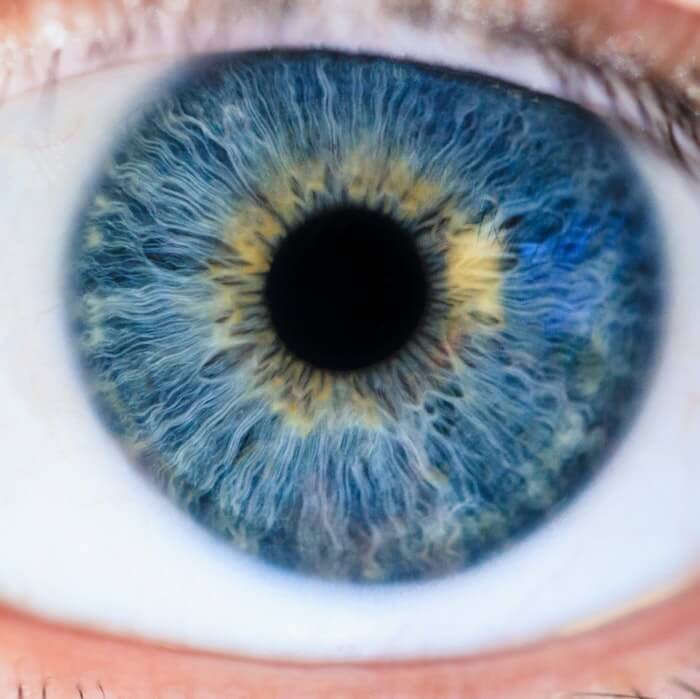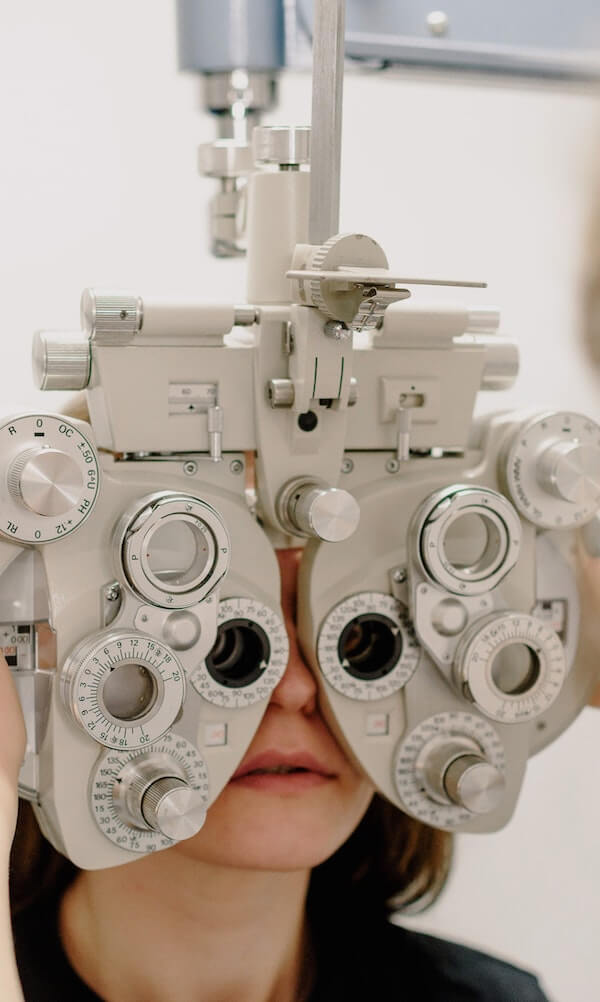How Cataracts IMPAIR VISION
Cataracts are a common age-related eye condition in which the lens of the eye becomes cloudy, resulting in blurry vision and sensitivity to light.
The lens is responsible for focusing light onto the retina, the part of the eye that converts light into electrical signals that are sent to the brain.
When the lens becomes cloudy, it can no longer effectively focus light, leading to vision problems.
WHO DO CATARACTS AFFECT?
Cataracts typically affect older adults, but can also occur in younger individuals as a result of genetics, certain medical conditions, or injuries to the eye.
Symptoms of cataracts include blurry vision, difficulty seeing at night, sensitivity to light, and a yellowing or browning of the vision.

HOW DO CATARACTS AFFECT VISION?
Cataracts affect vision by clouding the lens of the eye, which is responsible for focusing light onto the retina. When the lens becomes cloudy, it can no longer effectively focus light, leading to vision problems.
One of the most common symptoms of cataracts is blurry vision. This occurs because the cloudy lens scatters the light entering the eye, making it difficult for the retina to receive a clear image. Objects may appear hazy or distorted, and it may be difficult to read or see fine details.
Cataracts can also cause difficulty seeing at night, or "night blindness." The cloudiness of the lens makes it harder for the eye to adjust to changes in light, making it more difficult to see in dimly lit environments.
Another symptom of cataracts is sensitivity to light. The cloudy lens can scatter and reflect light in ways that cause glare and halos around lights, which can be particularly distracting and uncomfortable at night.
Additionally, cataracts can cause a yellowing or browning of the vision. As the lens becomes cloudier, it may absorb more of the blue light, leading to a yellowing of the vision. This can make it difficult to see certain colors, particularly those that are blue or purple.
MEET OUR OPTOMETRY & OPHTHALMOLOGY TEAM
- All
- Optometry
DIAGNOSIS AND TREATMENT
To diagnose cataracts, an eye doctor, such as an ophthalmologist or optometrist, will perform a comprehensive eye exam, including visual acuity testing, a dilated eye exam, and other tests.
The most common treatment for cataracts is surgery. During cataract surgery, the cloudy lens is removed and replaced with an artificial intraocular lens (IOL).
The surgery is typically performed on an outpatient basis and uses local anesthesia.
The procedure is relatively quick, usually taking less than an hour to complete. Recovery time varies, but most people can return to their normal activities within a few days.

IN CONCLUSION
In conclusion, cataracts are a common age-related eye condition that results in cloudy vision, sensitivity to light and other vision problems.
They can affect older adults and people with certain medical conditions or injuries. An ophthalmologist or optometrist can diagnose cataracts, and the most common treatment is surgery, which is quick and often leads to significant improvements in vision.
However, the decision of treatment options should be discussed with an optometry clinic in Dubai.
